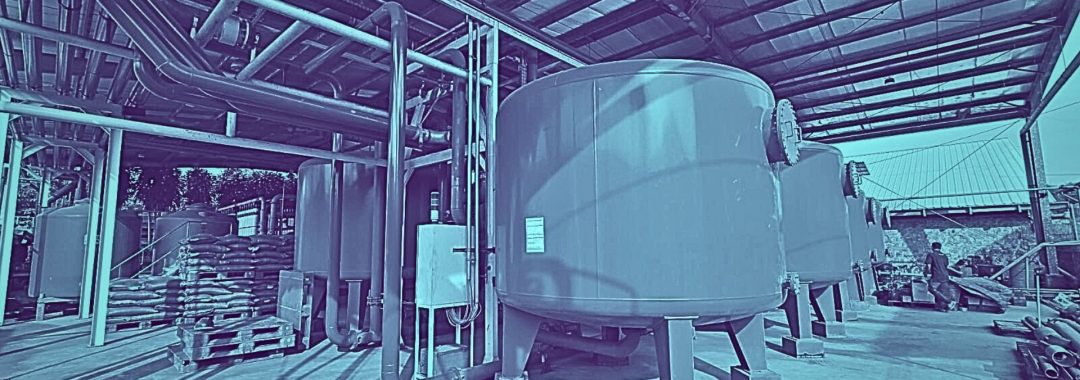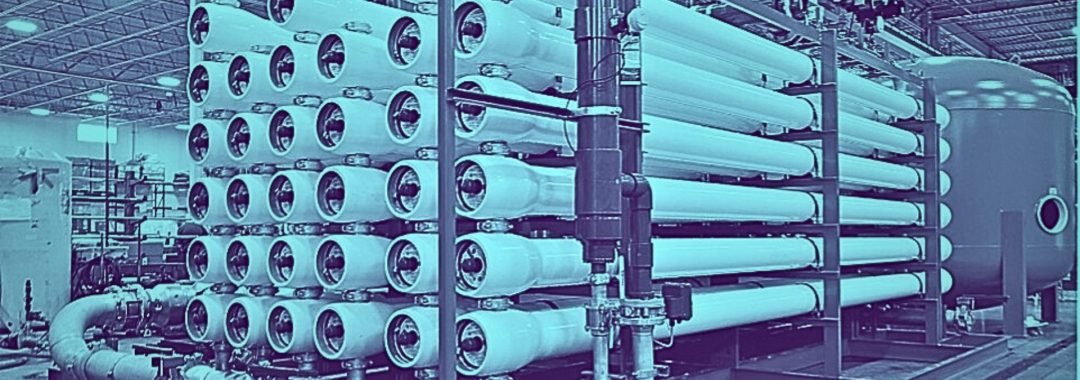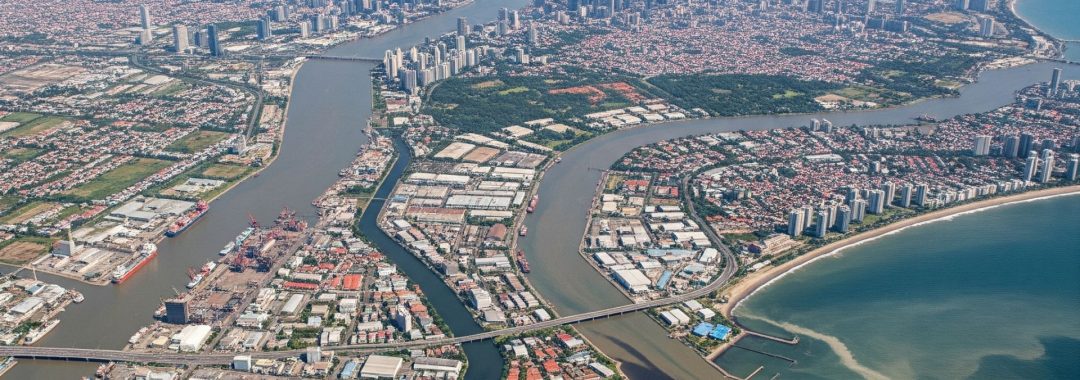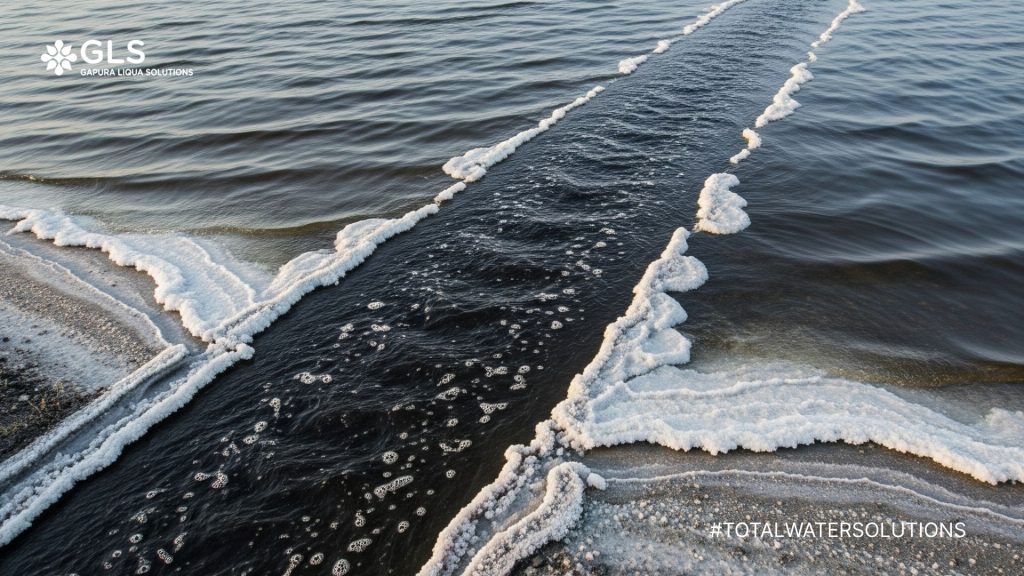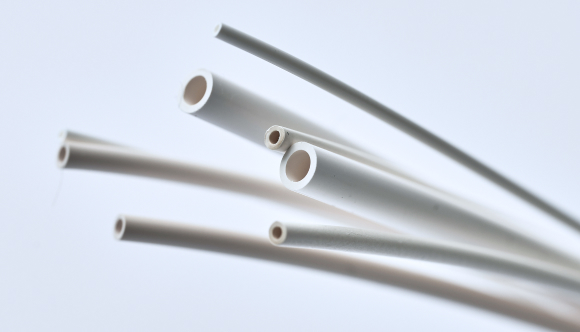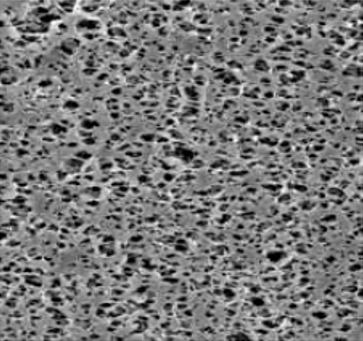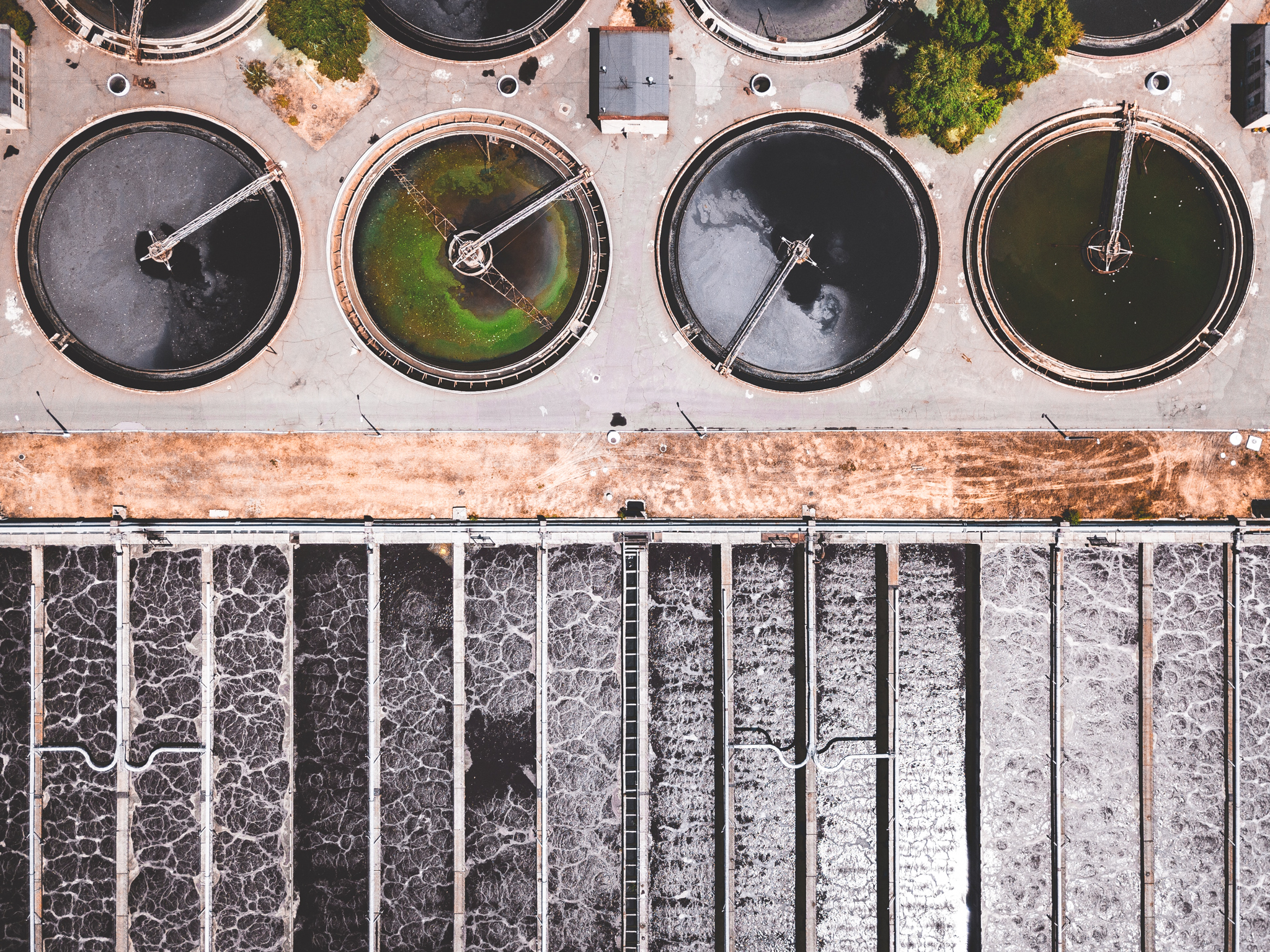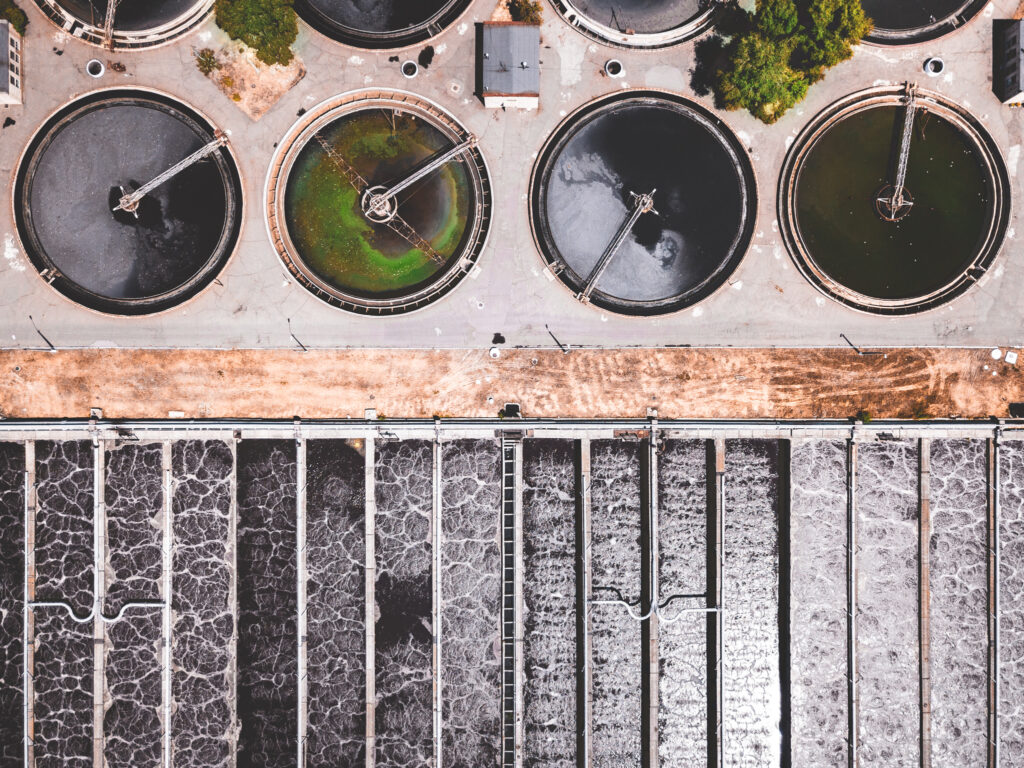Jasa EPC Water Treatment: Panduan Lengkap Memilih Partner Proyek Anda di Indonesia
Bagi para pengambil keputusan di industri Indonesia, memilih jasa EPC water treatment yang tepat adalah langkah krusial saat membangun atau meningkatkan Instalasi Pengolahan Air (WTP) dan Instalasi Pengolahan Air Limbah (IPAL). Proyek ini merupakan investasi kapital yang signifikan dan kompleks. Akibatnya, tantangannya tidak hanya terletak pada besarnya biaya, tetapi juga pada risiko yang melekat. Misalnya, risiko pembengkakan anggaran, keterlambatan jadwal, hingga kegagalan sistem untuk memenuhi standar performa.
Untuk memitigasi risiko-risiko ini, banyak perusahaan cerdas beralih ke model proyek terintegrasi. Karenanya, jasa EPC water treatment hadir sebagai solusi strategis. Model EPC ini menawarkan satu titik tanggung jawab (single point of responsibility) yang mengelola seluruh siklus hidup proyek. Artinya, mereka mengelolanya dari selembar kertas konsep hingga fasilitas yang beroperasi penuh. Oleh karena itu, artikel ini adalah panduan komprehensif bagi Anda untuk memahami, mengevaluasi, dan memilih partner EPC yang tepat.
Memahami Konsep EPC: Apa Sebenarnya Jasa EPC Water Treatment Itu?
EPC adalah singkatan dari Engineering, Procurement, and Construction. Pada dasarnya, ini adalah model kontrak di mana satu kontraktor bertanggung jawab atas seluruh aktivitas proyek.
- Engineering: Tahap ini merupakan fondasi dari seluruh proyek. Sebuah perusahaan EPC yang kompeten akan melakukan serangkaian proses desain yang mendalam. Contohnya, mereka melakukan studi kelayakan (feasibility study), Basic Engineering Design (BED), hingga Detail Engineering Design (DED). Lebih lanjut, proses ini mencakup desain proses, desain mekanikal & elektrikal, serta analisis risiko (HAZOP). Tujuannya adalah memastikan solusi yang dirancang optimal dan efisien.
- Procurement: Setelah desain disetujui, tim EPC akan menangani proses pengadaan yang kompleks. Proses ini mencakup pemilihan vendor, pembelian, hingga inspeksi kualitas. Selain itu, mereka juga mengelola logistik untuk semua material dan peralatan penting, seperti membran RO, pompa, hingga instrumen kontrol. Tentu saja, jaringan supplier yang kuat menjadi nilai tambah yang sangat besar.
- Construction: Tahap terakhir adalah eksekusi fisik di lapangan. Tahapan ini meliputi pekerjaan sipil, instalasi mekanikal dan elektrikal, serta pemasangan perpipaan. Di samping itu, dilakukan pula integrasi sistem kontrol. Manajemen konstruksi yang profesional memastikan proyek berjalan tepat waktu, sesuai anggaran, dan memenuhi standar keselamatan tertinggi.
Perbedaan Kunci: EPC vs. Turnkey Project Water Treatment
Anda mungkin sering mendengar istilah “turnkey”. Sebenarnya, sebuah turnkey project water treatment adalah hasil akhir dari kontrak EPC yang sukses. Istilah “turnkey” (putar kunci) menggambarkan kondisi di mana kontraktor menyerahkan fasilitas yang sudah siap beroperasi. Dengan kata lain, pemilik hanya perlu “memutar kunci” untuk memulai operasi. Jadi, EPC adalah prosesnya, sementara turnkey adalah hasilnya.
5 Kriteria Krusial dalam Memilih Perusahaan EPC Air Limbah yang Tepat
Memilih partner EPC adalah keputusan terpenting dalam proyek Anda. Jadi, jangan hanya tergiur harga murah. Gunakan 5 kriteria ini untuk mengevaluasi calon kontraktor Anda.
- Portofolio dan Pengalaman (
Studi Kasus EPC): Rekam jejak adalah bukti yang paling valid. Mintalah portofolio proyek yang pernah mereka kerjakan, khususnya yang serupa dengan proyek Anda. Sebuah perusahaan EPC air limbah yang kredibel pasti akan membagikan studi kasus EPC yang detail. - Kemampuan In-House Engineering yang Kuat: Cari tahu apakah mereka memiliki tim engineering internal yang solid. Perusahaan yang terlalu banyak bergantung pada sub-kontraktor cenderung memiliki kontrol yang lebih lemah terhadap kualitas dan jadwal. Sebaliknya, kemampuan engineering in-house memastikan inovasi dan pemecahan masalah yang lebih cepat.
- Kesehatan Finansial dan Manajemen Proyek yang Andal: Proyek EPC membutuhkan modal kerja yang besar. Oleh karena itu, pastikan calon partner Anda memiliki kesehatan finansial yang baik untuk menghindari terhentinya proyek. Tanyakan juga tentang metodologi manajemen proyek yang mereka gunakan untuk mengontrol jadwal dan biaya.
- Kepatuhan pada Standar K3 (HSE) dan Lingkungan: Rekor keselamatan kerja (HSE) yang buruk adalah sebuah tanda bahaya. Kontraktor profesional akan memiliki kebijakan HSE yang ketat. Biasanya, mereka dapat menunjukkan sertifikasi yang relevan seperti ISO 45001 dan ISO 14001.
- Transparansi dalam
Penawaran Harga EPC: Sebuah penawaran harga EPC yang baik bukan sekadar angka akhir. Penawaran profesional akan merinci semuanya, termasuk lingkup kerja, daftar merek peralatan, dan asumsi teknis. Akibatnya, Anda harus waspada terhadap penawaran yang terlalu ringkas dan tidak jelas.
Proses dan Tahapan Proyek Bersama Kontraktor IPAL Profesional
Bekerja dengan kontraktor IPAL berbasis EPC biasanya mengikuti alur yang terstruktur dan jelas.
- Tahap 1: Konsultasi Awal dan Feasibility Study: Pertama, Anda menyampaikan kebutuhan dan masalah Anda. Kemudian, tim EPC akan melakukan survei lapangan dan studi awal untuk memvalidasi kelayakan proyek.
- Tahap 2: Pengembangan Desain Rinci dan Persetujuan: Selanjutnya, dari hasil studi, tim engineering akan mengembangkan DED yang komprehensif. Pada tahap ini, terjadi diskusi intensif untuk menyelaraskan semua ekspektasi Anda.
- Tahap 3: Pelaksanaan Konstruksi dan Instalasi: Setelah desain disetujui, tim di lapangan akan mulai bekerja. Manajer proyek akan menjadi titik kontak utama Anda dan memberikan laporan kemajuan secara berkala.
- Tahap 4: Commissioning, Training, dan Serah Terima (Handover): Terakhir, setelah konstruksi selesai, tim EPC akan melakukan commissioning atau pengujian sistem. Mereka juga akan memberikan pelatihan kepada tim operator Anda sebelum serah terima proyek secara resmi.
Mengapa Memilih Model EPC Adalah Keputusan Strategis bagi Perusahaan Anda?
Model EPC secara fundamental menyederhanakan kompleksitas. Dengan hanya satu kontrak dan satu titik kontak, Anda sebagai pemilik proyek dapat lebih fokus pada bisnis inti. Sementara itu, risiko eksekusi proyek dialihkan kepada ahlinya. Hal ini meminimalisir potensi konflik, mempercepat jadwal, dan memberikan kepastian biaya yang lebih tinggi.
Kesimpulan: Partner EPC Anda Adalah Kunci Keberhasilan Investasi Jangka Panjang
Pada akhirnya, memilih jasa EPC water treatment adalah sebuah komitmen kemitraan. Partner yang tepat tidak hanya membangun fasilitas fisik. Namun, mereka juga membangun fondasi untuk efisiensi dan keberlanjutan operasional Anda di masa depan. Mereka adalah penasihat, manajer risiko, dan eksekutor yang andal. Dengan melakukan evaluasi yang cermat, Anda dapat memastikan bahwa investasi besar Anda berada di tangan yang tepat.
Follow us on Social Media
